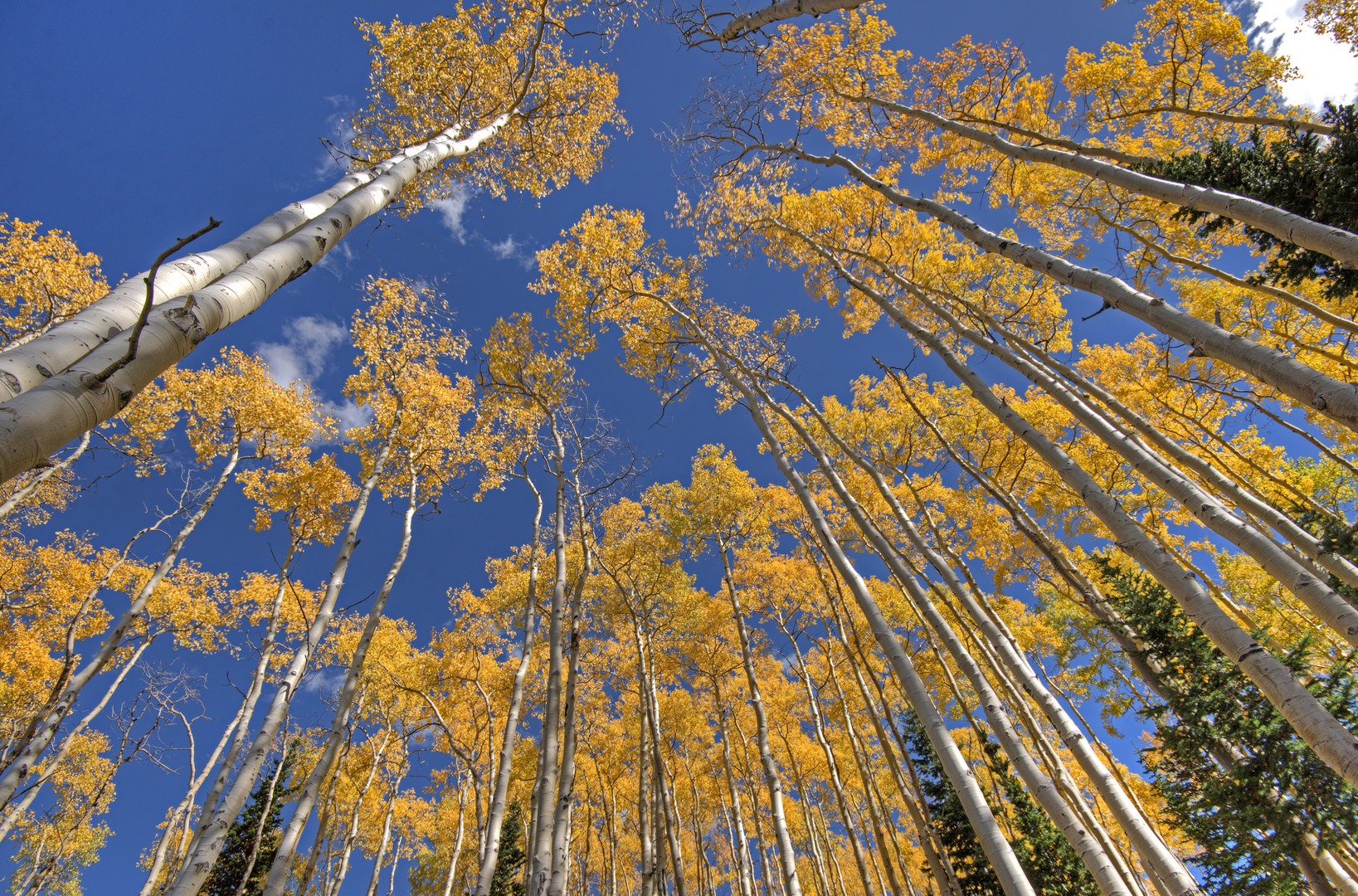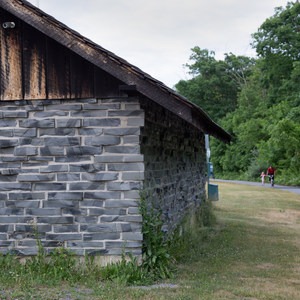You are here
Where to go
In the U.S., most people know that the Eastern Seaboard, the Great Smoky Mountains of the Southeast, and the Mountain West regions have the most spectacular autumn displays in the country. You can find smaller patches of color across most regions by searching our nation's forests that are rich in aspen, maple, cottonwood or oak. Do your best to avoid areas heavy in evergreens such as spruce, pines and fir trees.
When to go
Just like in all forms of photography, you need to go out shooting during the ideal light. This involves catching the time around sunset and sunrise or going out on misty and/or cloudy days. We all know direct sunlight is bad for landscape photos, but it is especially problematic while catching autumn color. Keep the reds, yellows and oranges from getting "washed out" by shooting during the twilight hour or in the shade rather than direct sunlight. Days with heavy or low-lying clouds can really make the colors pop, and they seem to be heightened by a fresh rain. This can really set the tone for moody photos you don't always get in the summer. Partially cloudy days give you the best chance for a colorful sunrise or sunset to match the colors on the trees.
What to look for
One of my favorite things to do while photographing in the fall is to find patches of light and dark within the scene. Sometimes that is created by mixed clouds overhead or by finding places where there are lots of shadows being cast among the heavier light. It can create a much more interesting photo than just shooting in one type of lighting, and the same thing goes for perspective. Unlike some other times of year, this is the perfect season to point your camera into some new directions. Point straight down to show all the leaves covering the trail, or point straight up to show the canopy of yellow aspen above you. This season really calls for more creative angles, so make sure to oblige.
Technical tips
Autumn is a good time to practice under-exposing your photos. This will help keep the colors rich and add to the contrast of your final product. Tripods do come in handy for many situations (especially in low light), but shooting without a tripod is extra helpful in getting close-ups and uncommon angles that are a must this time of year. Make sure to experiment with the white balance to see if it helps your desired effect. Consider shooting on the shade or cloudy balance to give everything a warmer tone. This is a great time of year to have a neutral density filter to help bring out movement and the color on a long exposure.
Go easy on the post-production
After we capture our photos we will need to do some level of post-production before we have a final product. In my opinion, the less time you spend in Photoshop, the more you can consider yourself a nature photographer. After all, nature photos should look natural. The easiest way to ruin your nice autumn photo is to overdo it on the color saturation. Let the natural colors shine through without making them look fake, and even consider toning them back if your camera cranks them up too much on its own.
To HDR or not to HDR?
Landscape photos have become more dynamic over the last decade thanks to HDR technology, but the greater range has come with a cost. Taking multiple photos is the basis of HDR, but when leaves are blowing in the wind, they can create an issue with the blending algorithm. This can leave undesired movement such as ghosting, multiple images of the same leaf, or a generally muddled look. HDR will help your colors pop in the final product, but you might want to consider going without it unless you are shooting on a calm day or your scene happens to not have any movement within it.
Snow is your friend
One way to really take an autumn scene to the next level is by adding a dash of snow to the mix. Grab your winter coat and do your best to time your photo excursion with an expected snowfall day. Some of the prettiest displays I have seen outdoors are the times we get lucky enough to get a few inches of the season's first snow at the height of the colors. Do your best to get out there before it melts and see what you can get! Nothing else brings contrast to those colors like a layer of fluffy white.
Get out there and have fun with it!
You can't take great photos of the outdoors from your couch, so the most important rule to becoming good at this skill is to go out and practice! No season is more fun to photograph than the fall; the landscapes are covered in color, the temps are perfect for hiking, and many new opportunities arise for setting up a really cool photo. Don't hesitate to arrange some fallen leaves into a still life and use their transitioning colors to get creative. Use the motion of water or the gently blowing trees to do some long exposure photos on your tripod, sprinkle the colored leaves into the scene and see what happens. There is no wrong way to do this, so bring your own individual twist to it and you won't fail.





Comments
Sign In and share them.